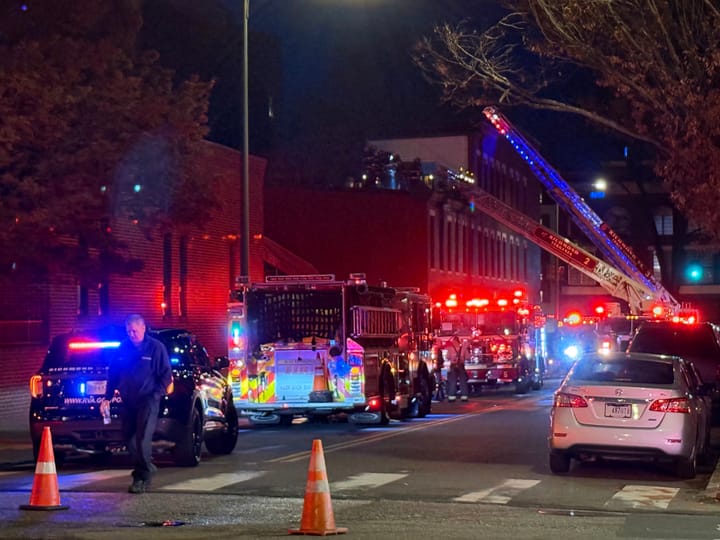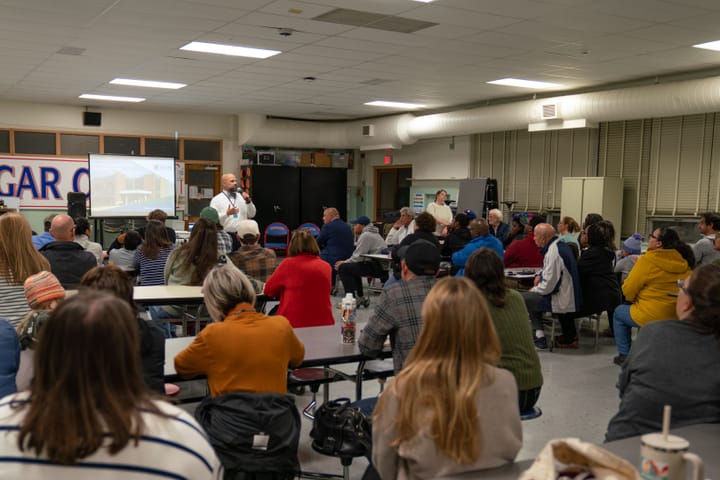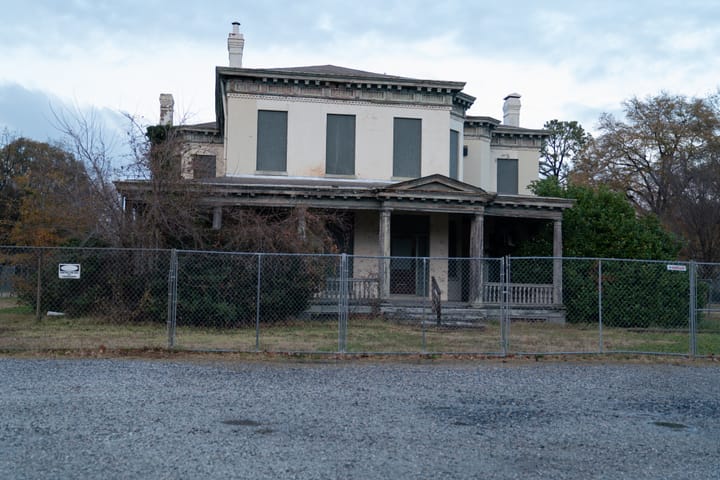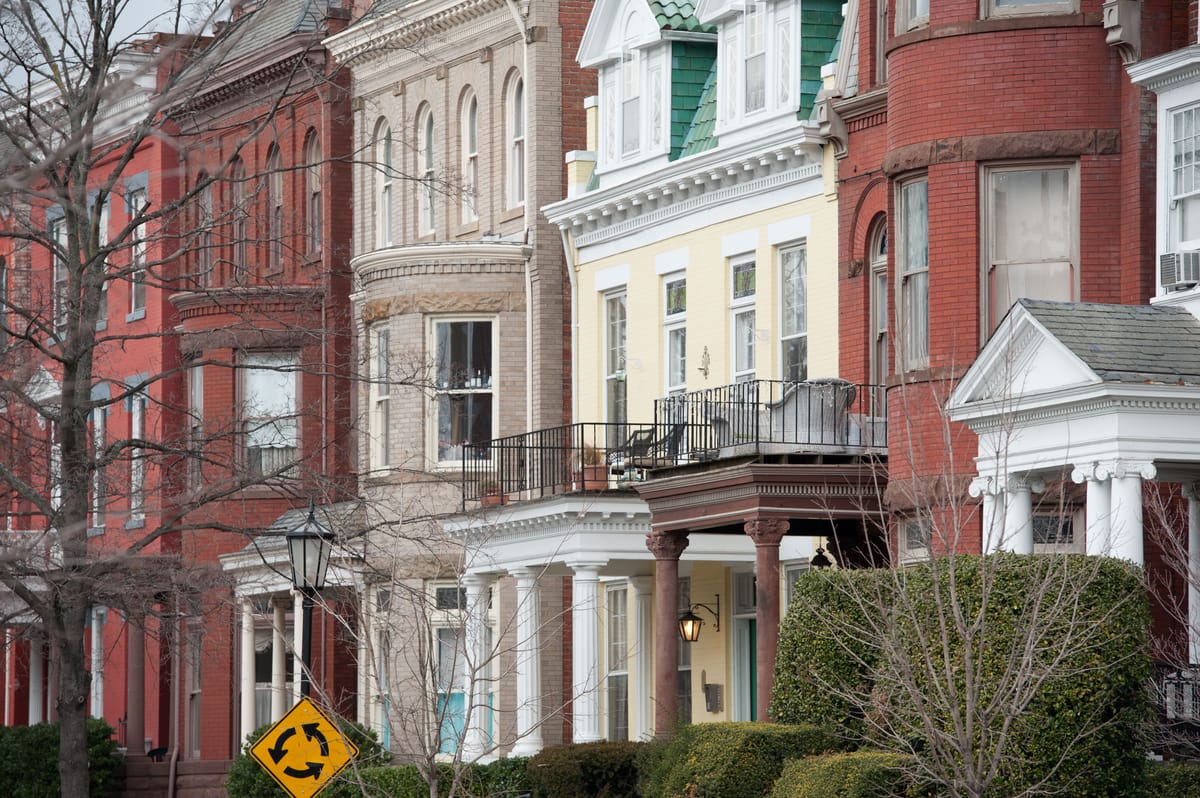
Survey shows ‘generational divide’ in support for increasing density in Richmond
Younger Richmonders are more supportive of zoning changes that would allow greater density in residential neighborhoods than their older counterparts, according to a survey done by the city’s Planning Department as part of the ongoing overhaul of the zoning code.
“I think it's evident from the survey that there is a generational divide for what the younger generation wants to see in their city and what they're comfortable with,” said Elizabeth Greenfield, a member of the Zoning Advisory Council and vice chair of the Planning Commission, at a May 14 meeting of the council.
Those findings could provide backing for many of the changes being considered under the overhaul, such as allowing duplexes in more residential areas and increasing the number of units allowed in multifamily buildings in different districts. City Council has already taken one significant step toward increasing density: In 2023, it voted to allow accessory dwelling units on most single-family lots.
“Richmond 300 looks forward, and the zoning ordinance supports that document looking forward,” Greenfield said, referring to the city master plan that serves as the blueprint for how Richmond will grow over the coming decades. “We need to think about what the next generation who is going to be living and working here prefers just as much as existing residents who are of an older age group.”
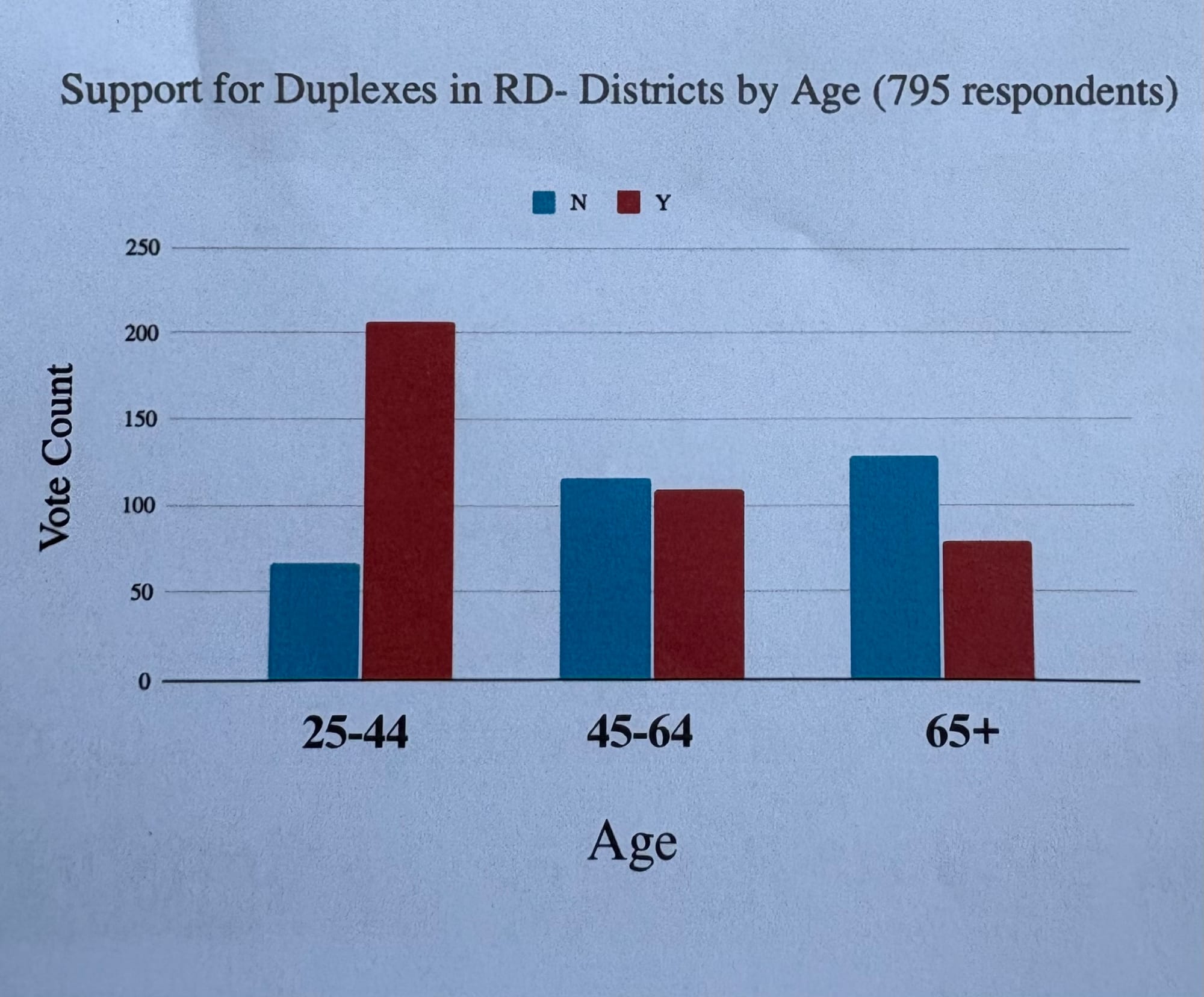
The survey, which was open to all residents and drew over 1,100 responses, asked questions about how people feel about many of those proposed changes, including the duplex issue that is one of the biggest questions city planners and advisory board members are grappling with this spring.
Just over half of 795 respondents to the duplex question said they were comfortable with allowing duplexes in residential detached districts — areas where houses are physically separate from one another.
But very different views were evident when those responses were broken down by the respondents’ age, said LaToya Thomas of Brick & Story, a consultancy hired by the city to help with community engagement throughout the zoning refresh process.
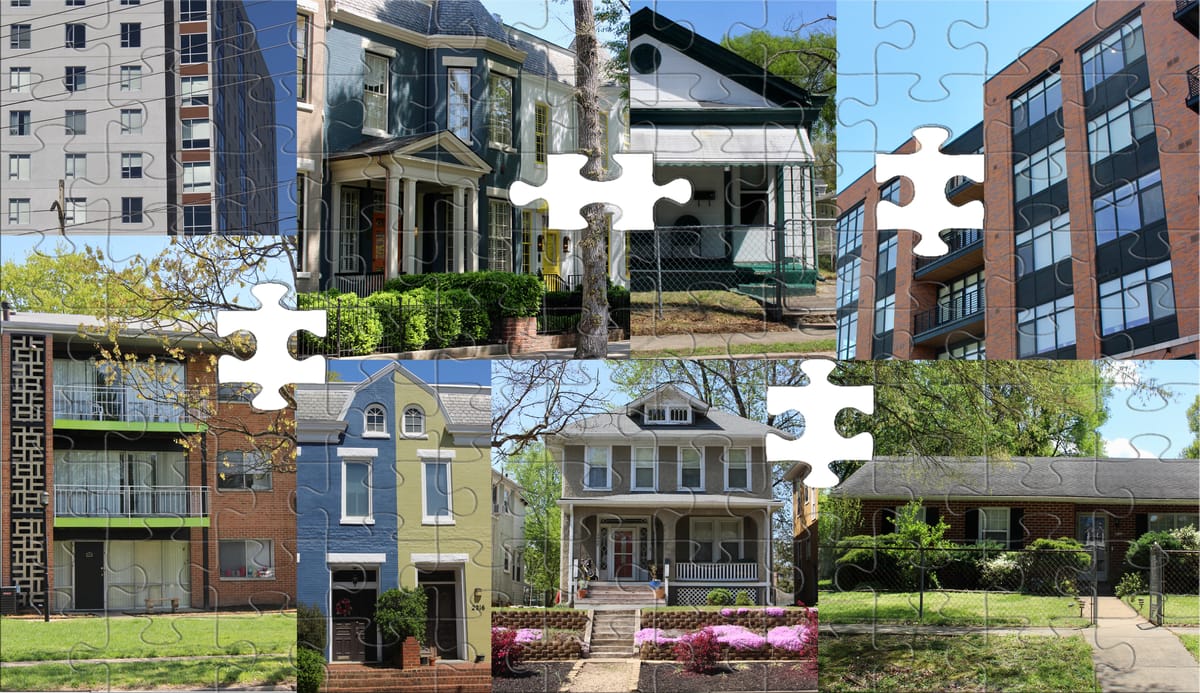
The 25- to 44-year-old category “tends overwhelmingly to support duplexes, compared to 65 and up, which is trending more towards opposing,” she said. “That 45 to 65 bracket is right in the middle.”
Support also varied by neighborhood, with respondents in the Museum District, Fan, Church Hill, Bellevue, Ginter Park, Oregon Hill, Northern Barton Heights, Rosedale and Highland Terrace decisively in favor of more duplexes. In contrast, Westhampton, Mary Munford, Laburnum Park and Stonewall Court were firmly against the idea.
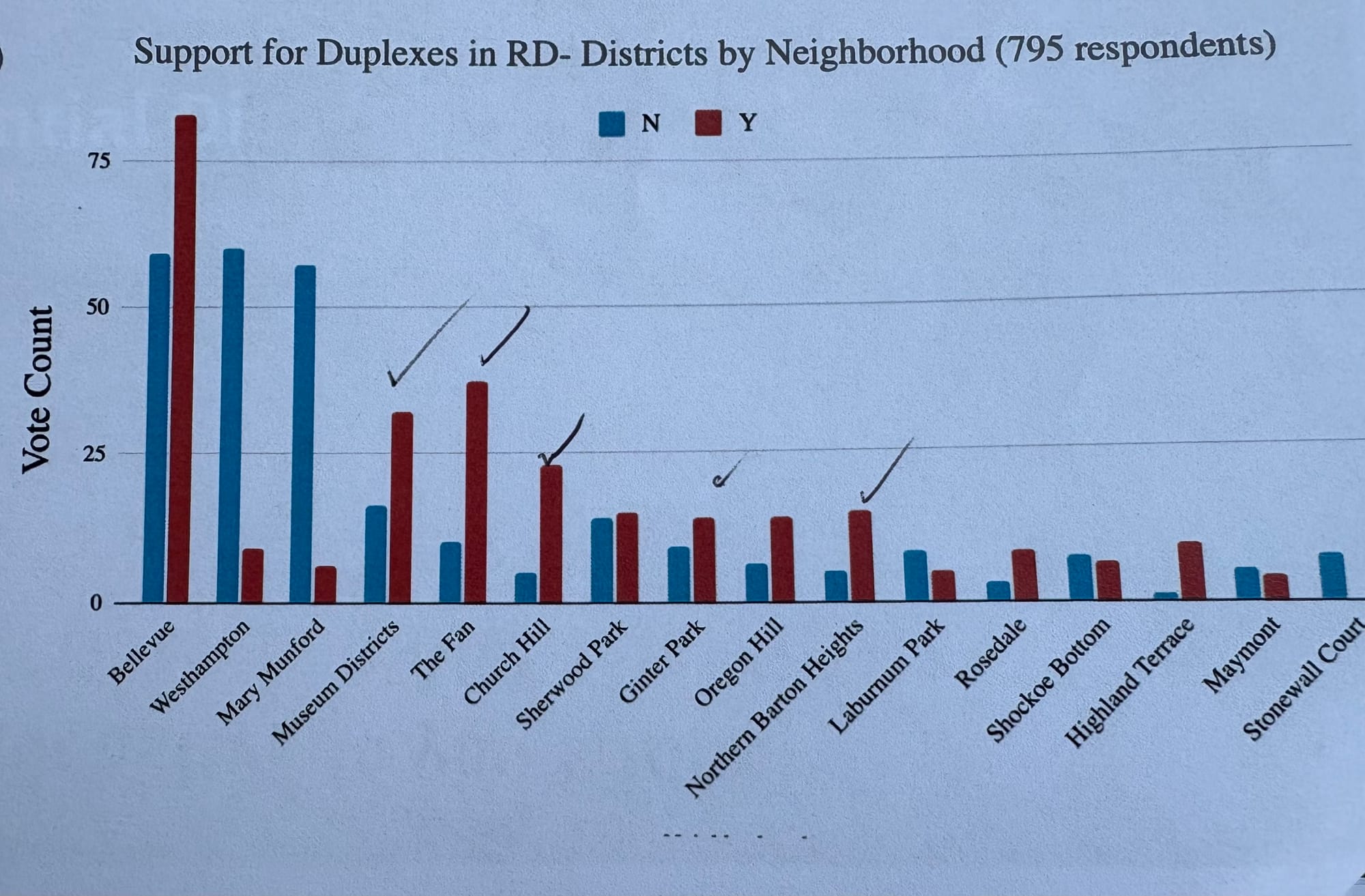
Older adults also showed a stronger preference for limiting the number of units in multifamily buildings in residential attached districts — areas where homes share walls — with respondents aged 45 to 65 preferring a maximum of two units and respondents aged 25 to 44 preferring a maximum of six.
Asked about what general zoning districts people would like to see in their own neighborhood in the future — residential detached, residential attached, mixed use or mixed use and commercial — Thomas said most respondents preferred what was already in place.
“People are trending towards what they already know,” she said.
Homeowners were twice as likely as renters to want residential detached zoning, while renters were more likely to want residential attached and were the most likely to want mixed-use, commercial or industrial zoning, she noted.
Interest in the latter three categories was also highest among residents ages 25 to 44 — a finding that was “not necessarily surprising,” said Thomas.
Generally, those younger residents “tend to favor new zoning for all categories, but they tend to support residential attached and four- and six-story mixed use the most,” she said.
Thomas cautioned that there were some limitations to the survey data. In particular, respondents were overwhelmingly white even though Richmond’s population is roughly 43% Black and 10% Hispanic, and the majority were homeowners even though more than half of Richmonders rent.
In response, the city is planning a series of roundtables through a new community ambassador program that aims to reach what Thomas described as “more Black residents, more young residents, more Spanish-speaking households, more renters.”
A forward looking plan
Zoning Advisory Council member Brian White, who also serves on the Planning Commission, pointed to soaring housing prices as one source of the “generational divide” in attitudes toward zoning.
“Those of us over a certain age, we benefited from being able to buy a home 30 years ago, 20 years ago, whatever, at a price that was achievable. And you've got people in their 20s now who are not sure how they're ever going to own a home, and they are the ones pushing for us to make this more flexible,” he said. “It's those of us who have enjoyed the privilege of being able to get in on homeownership earlier who might be reluctant to embrace that density, and I think we need to acknowledge that reality.”
The Richmonder is powered by your donations. For just $9.99 a month, you can join the 1,000+ donors who are keeping quality local journalism alive in Richmond.
Whether zoning changes that allow greater density will lead to more affordable housing opportunities sparked a brief disagreement between two council members, Charles Menges, a retired McGuireWoods attorney, and Charlie Wilson of Baker Development Resources.
Upzoning — a reworking of an area’s zoning to allow more density — “has not universally, by any means, resulted in more affordable housing or more housing,” said Menges. “There may be targeted ways to create that or to result in greater housing, but it's not necessarily through the zoning and through the densification of certain districts.”
Wilson, however, said it was clear that current zoning that more strictly limits development has led to less housing.
“I can provide a number of examples in my work alone,” he said.
Contact Reporter Sarah Vogelsong at svogelsong@richmonder.org
This article has been corrected to reflect that the Bellevue neighborhood supports allowing duplexes.




